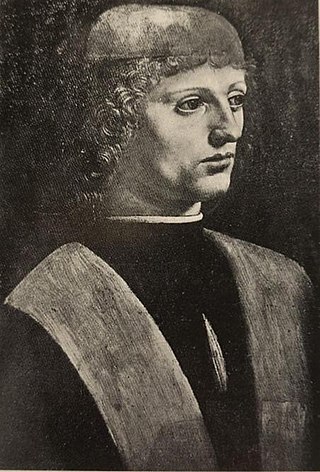Top Qs
Timeline
Chat
Perspective
Overpainting
Painting technique From Wikipedia, the free encyclopedia
Remove ads
Overpainting is the final layers of paint, over some type of underpainting, in a system of working in layers. It can also refer to later paint added by restorers, or an artist or dealer wishing to "improve" or update an old image—a very common practice in the past. The underpainting gives a context in which the paint-strokes of the overpainting become more resonant and powerful. When properly done, overpainting does not need to completely obscure the underpainting. It is precisely the interaction of the two that gives the most interesting effects.
This article includes a list of references, related reading, or external links, but its sources remain unclear because it lacks inline citations. (December 2020) |
(Left) The Portrait of a Musician by Leonardo da Vinci before 1904; (right) the Portrait of a Musician after a 1904–1905 restoration, which removed overpaint and revealed a hand holding sheet music
Overpainting was used extensively in many schools of art. Some of the most spectacular results can be seen in the work of Jan van Eyck.
It can be difficult to distinguish overpainting from underpainting in finished historical artworks in the absence of scientific tests. X-rays are often used to examine paintings because they allow the conservation technician to see what is hidden beneath a surface without having to damage it, depending on the materials used. By using different intensities of X-rays, experts can see different layers of paint and determine whether a canvas was ever painted over.
Remove ads
See also
- Pentimento – Alteration in a painting evidenced by traces of previous work
References
- Max Doerner
- "Detecting Deception" in Detecting the Truth: Fakes, Forgeries and Trickery, a virtual museum exhibition at Library and Archives Canada
- An example of overpainting in the contemporary still life painting of Hanneke van Oosterhout
External links
Wikiwand - on
Seamless Wikipedia browsing. On steroids.
Remove ads


